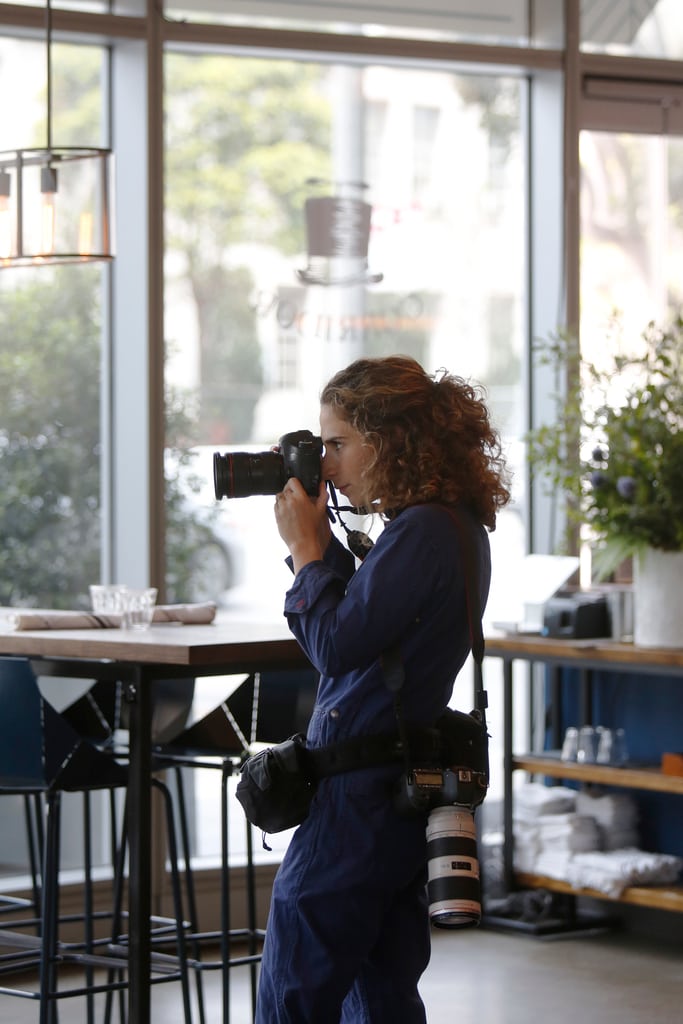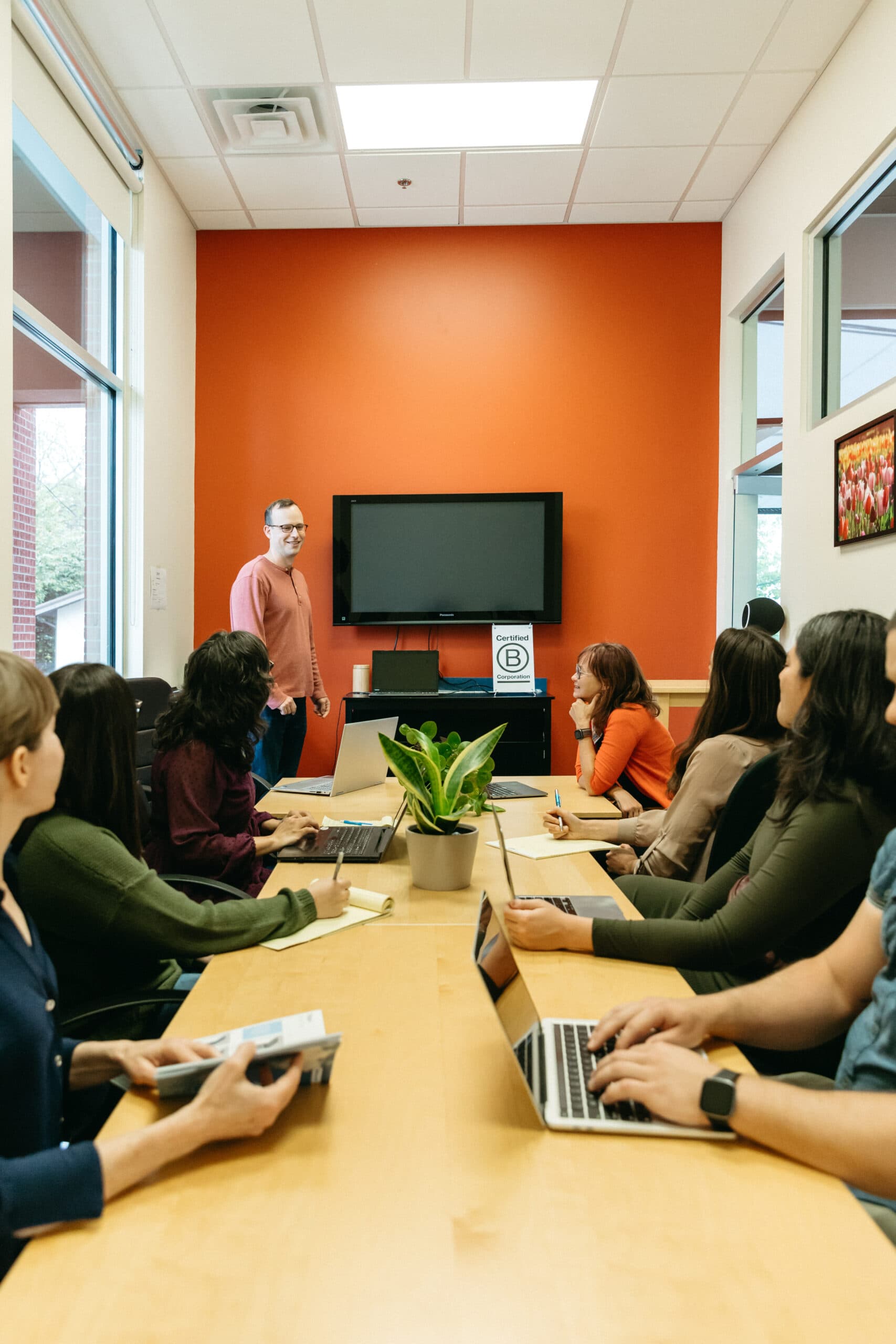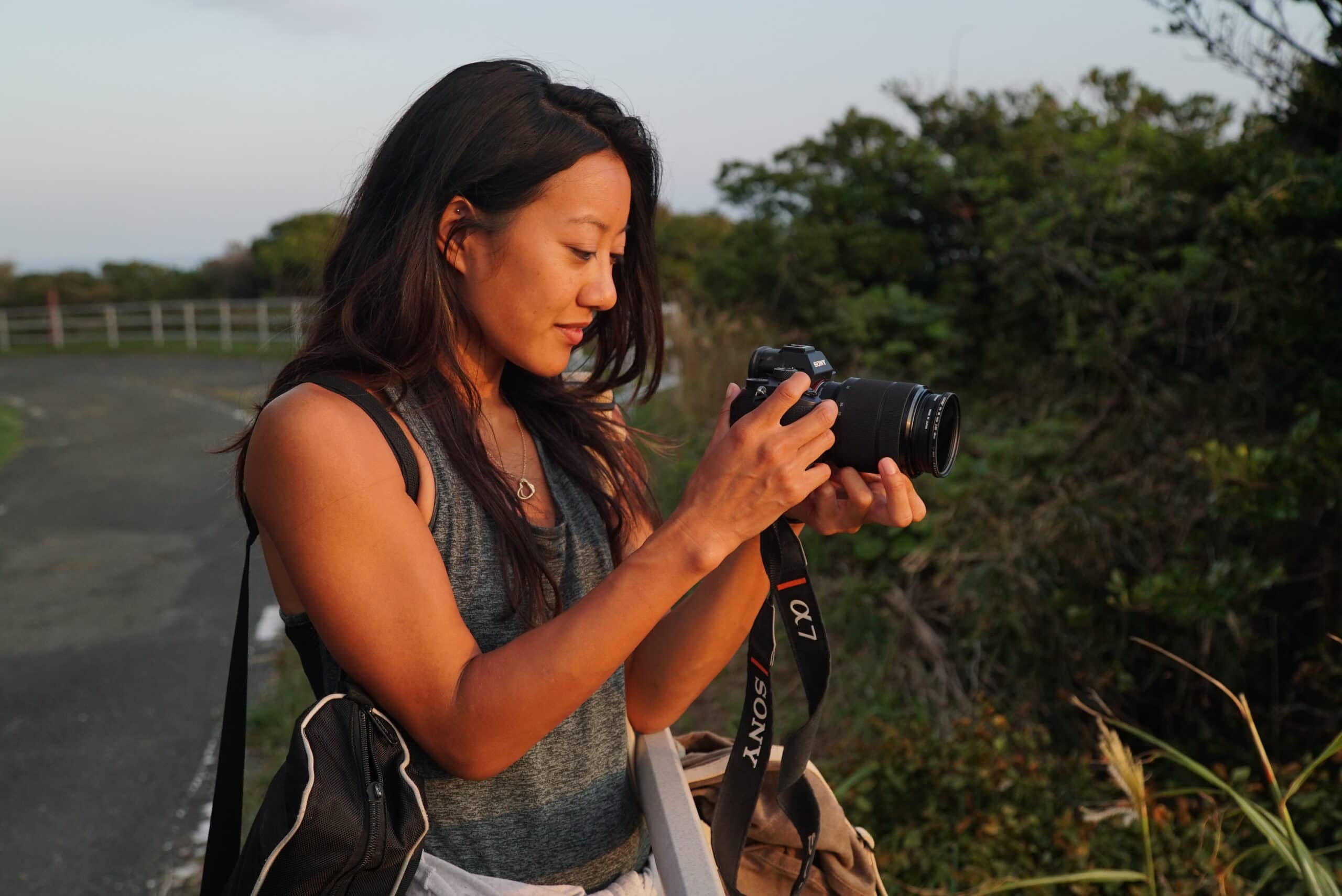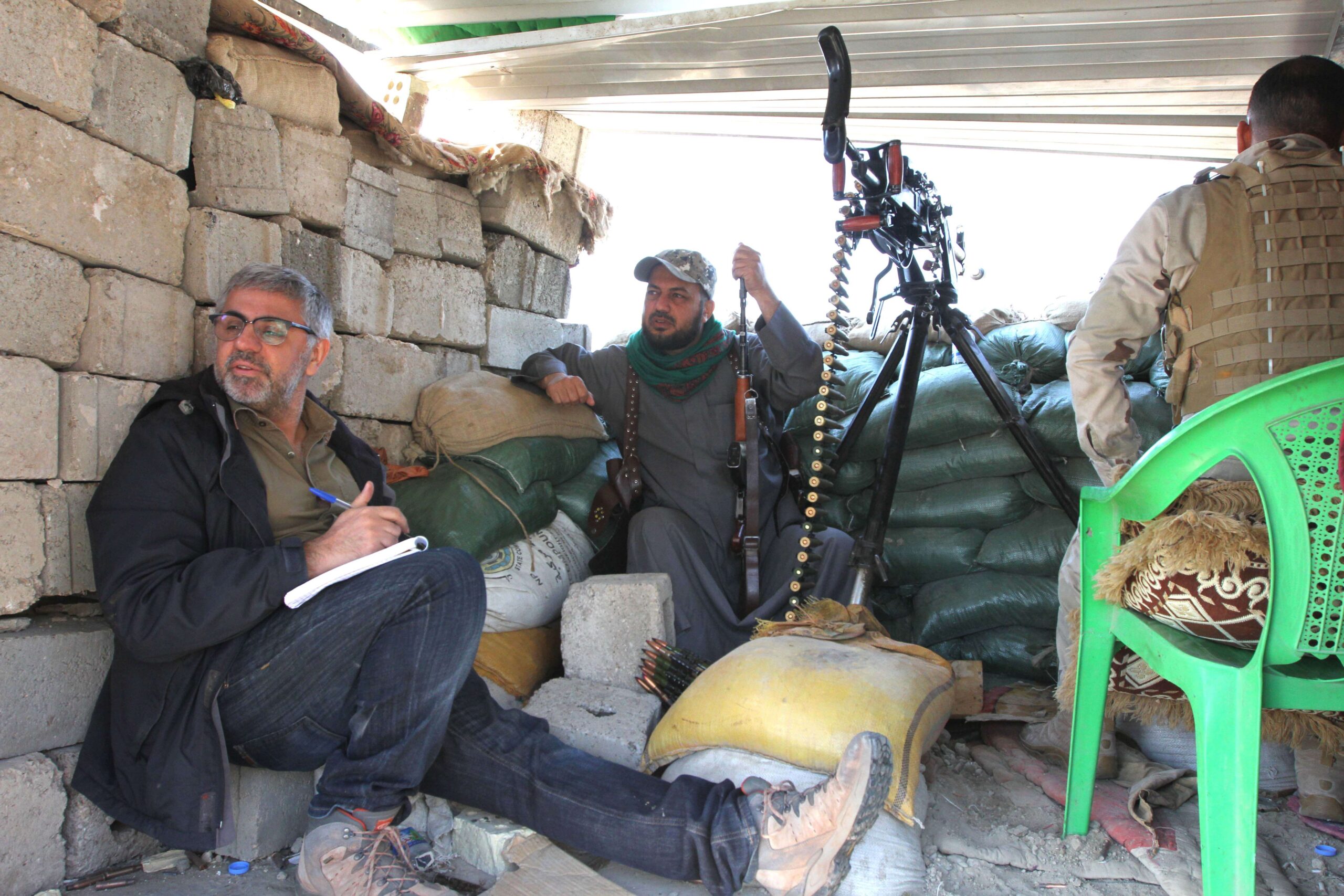Photojournalism isn’t just about f-stops and lighting. Sometimes it’s about sitting on the sidewalk with someone at their lowest point, and earning their trust so they’ll give you the time of day. It’s about finding the untold stories in a city like San Francisco, which is combed over by reporters on the daily. And for Gabrielle Lurie, it’s about developing a craft since she was a high school student, growing up in Washington DC, and finally recognizing when she saw an intimate moment through her lens. But that last part took a while. Lurie says she spent years, misguided by her concept of ‘art’, and admits to making some big visual storytelling mistakes early on in her journey.
Lurie and I spoke during her morning commute to work at the San Francisco Chronicle. In our discussion, she explained how she overcame her own challenges, and why she thinks she was named POYi’s local photographer of the year three years in a row.

You spent a lot of time in the 2000 aughts shooting and developing film in a darkroom – from the Field School in Washington DC to your documentary style that you took on while working for a small newspaper in Queens. You’ve mentioned it was fun, but that you also made a lot of mistakes, and that you only really began to improve once you turned to digital cameras. So, what kind of mistakes were you making?
I was very resistant to digital. When I was shooting film, I just wasn’t moving. I wasn’t changing where I was shooting. And I would see later, like, oh, I should have moved here, I should move there. However, not being in the moment and doing it – I think it just sort of censored me a little bit. And I always had a lot of empty space in the bottom of my frame. I can’t really explain why.
Can you give me an example?
Yeah, like I took photos of stray dogs in India, and like, the whole bottom half of the image is just sidewalk, like blank, basically. So, I did learn by looking at my contact sheets, but I think that once I started doing digitally in real time, I could see my mistakes, and began moving my feet, I was moving faster. Film is amazing but it’s very clunky. And it’s just not – it’s not the instant feedback that I needed.
But you stuck with film for a while. Is that because you felt it was more of an art?
Yeah, exactly. I mean, I went to art school. And so I felt like it was more artistic, I felt like, I myself was developing the film, it had a personal touch to it, it felt tangible. And digital just felt so cold. And at the time, it wasn’t amazing, you know, digital wasn’t as good as it is now. So it just felt pixelated and ugly, and I didn’t like it. And I was just resistant to change.
You’re a very different person now. What do you think of that photographer back in New York?
During that time I was naive and confused. I think photography can take you in so many different directions. So I was kind of narrowing down what that meant for me. So San Francisco was really my real growth point.
Right. So you moved from one coast to the other. Got a staff job at the San Francisco Chronicle. And then you became a Pulitzer Prize finalist for a series about a mother trying to get her daughter off the streets and into rehab. You wrote that you weren’t sure if Jess, the daughter, was going to give you the time of day. And I’m wondering, why do people from disenfranchised communities, in this case someone addicted to drugs, open up to you?
I think because in all honesty, I do not judge them. And I think that they live in a place of judgment and shame from the outside world. And I suppose I’m a good listener. And I’ll dress down in a sweatshirt and ratty jeans and I’ll sit on the ground with them. And I see the way that people look at them. And it’s awful. And I don’t think it’s necessarily intentional. But I think I really come at them with a lot of empathy, like anyone could fall into their situation. And I really, truly believe that. I feel like we’re all steps away, depending on what happens in our life from maybe being there. So I think that people can feel that over time.
If we jump now to the Picture of the Year awards, the judges picked you three times in a row, as the best local photographer of the year. They see something in your photography that stood out from the other submissions. Did you learn something about your own photography from this experience?
I think the word that I hear over and over again from all of the judges is “intimacy.” And it was something I never calculated, you know, like, ‘oh, I’m gonna be intimate.’ It just was the way [my photography has turned out]. So, I think that closeness, that intimacy of really getting into people’s lives was something that the judges were always drawn to. In fact, I think some of the other submissions, the photographs themselves, are actually better than mine. But the closeness and intimacy and storytelling moments is what kind of gets people’s hearts.
When you talk about intimacy, what do you mean by that? And how is that kind of closeness achieved.
I think getting moments that are very personal; seeing a side of someone’s life that maybe might be either normal or extraordinary, but you would never normally be privy to. Like people laying in bed or taking a shower, or being really upset, or being homeless on the street or someone having an abortion.
Let’s talk about that last one. The photos you took of women at an abortion clinic encircled by protesters – it must have been a terrible stressful situation for those women. How were you able to be in the room when they were getting the procedure? Is it something about your photography, you as a photographer, or is it because you were able to develop a relationship with them beforehand?
I went to that clinic twice, and the first time I had decent access. The second time everyone’s gotten to know you, they trust you, they start to ignore you. And here I’m talking about the staff. And they’re a little bit more available to be your advocate. So the first time I really hung back, and I sort of waited for the medical professionals to tell me who they thought was a good candidate. And then the second time, I printed up notes that explained who I am and why I was there. And it asked if anyone wanted to talk to me. And so I had a lot more women coming forward. I was also able to talk to people throughout the whole process, because it’s like a really long process, almost like a half day or a whole day thing. And so being able to kind of meet people early on – and a lot of it is just talking to people about their experience. You know, for many of them, it’s really traumatic and challenging. They’re not sure if they’re making the right decision and are often hiding it from one or more people. And so having someone to share in the experience can be a big motivating factor as to why they’ll allow me to take their photo.
POYi named you local photographer of the year. There was also a category for international news. And I don’t want to sound too pedantic by asking this question, but in terms of visual storytelling and journalism, what’s the difference between a local and international photog? Why are there these two categories?
There is a big difference between running to the news that could be all over the world and finding the news in New York towns or cities and uncovering stories that the general public may never see. That’s not to say that someone internationally is not doing, you know, homegrown smaller stories, but generally, you’re going to see work like Ukraine or the earthquake in Turkey. So I think that’s why there’s a distinction. For instance my photographs of Theo, the boy who was born homeless with his mom in Berkeley. You know, they lived in a park that was frequented by people all the time, and those people didn’t know Theo’s situation at all. So my work sort of uncovered this story that was right in front of so many people.
So how do you cover one area for years versus parachuting into a story halfway around the world?
It really varies how I come to it. Sometimes it’s an expansion on a daily story. Other times, it’s hearing something while I’m out there and inquiring. Sometimes it’s just reading the news. Like one time I read that there were a lot of evictions happening during an eviction moratorium. And for me, it’s really as exciting as going somewhere and covering a big international news story. I really enjoy being able to share something with the public that they wouldn’t otherwise see.
This interview has been edited for brevity and clarity.



